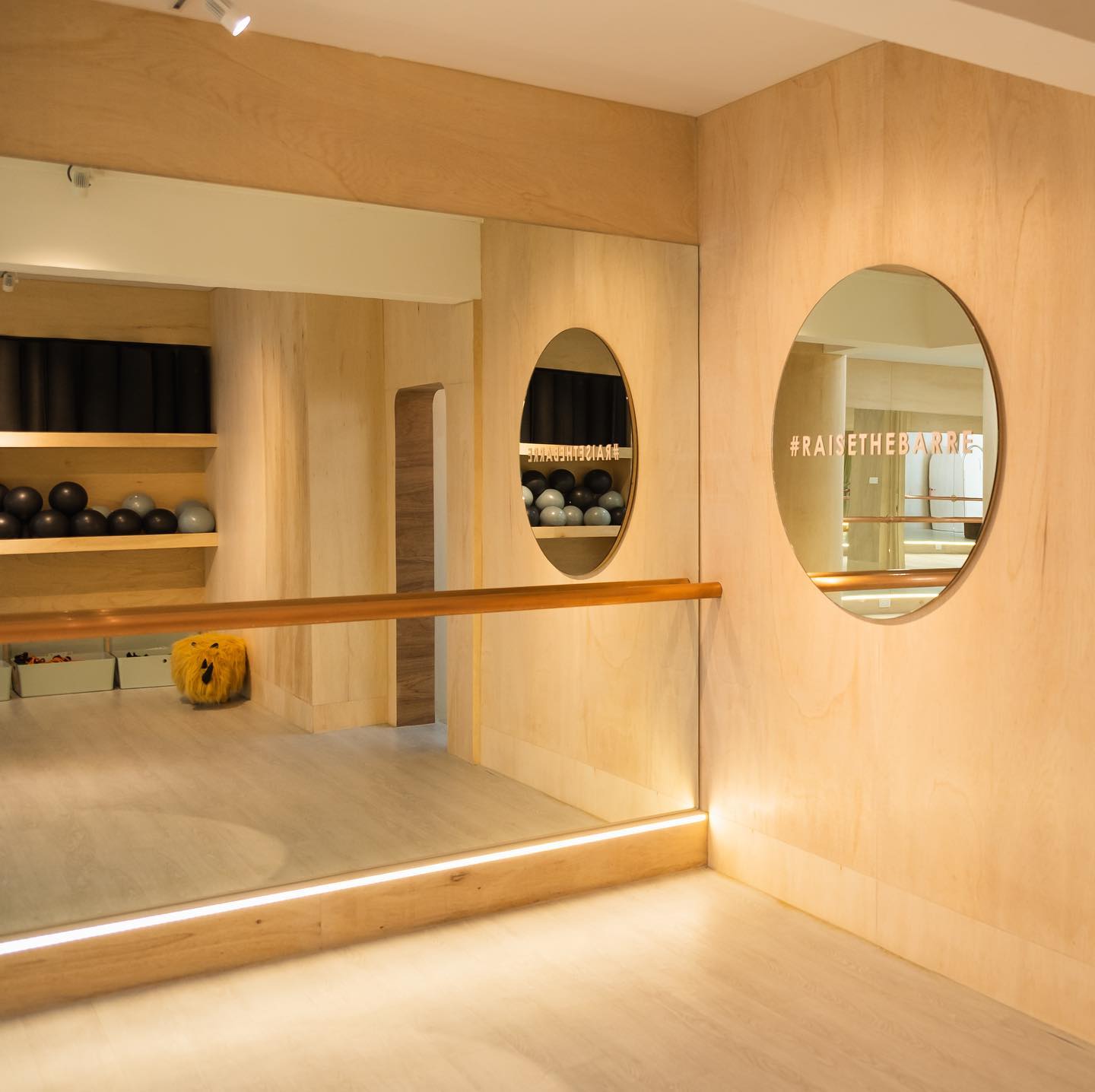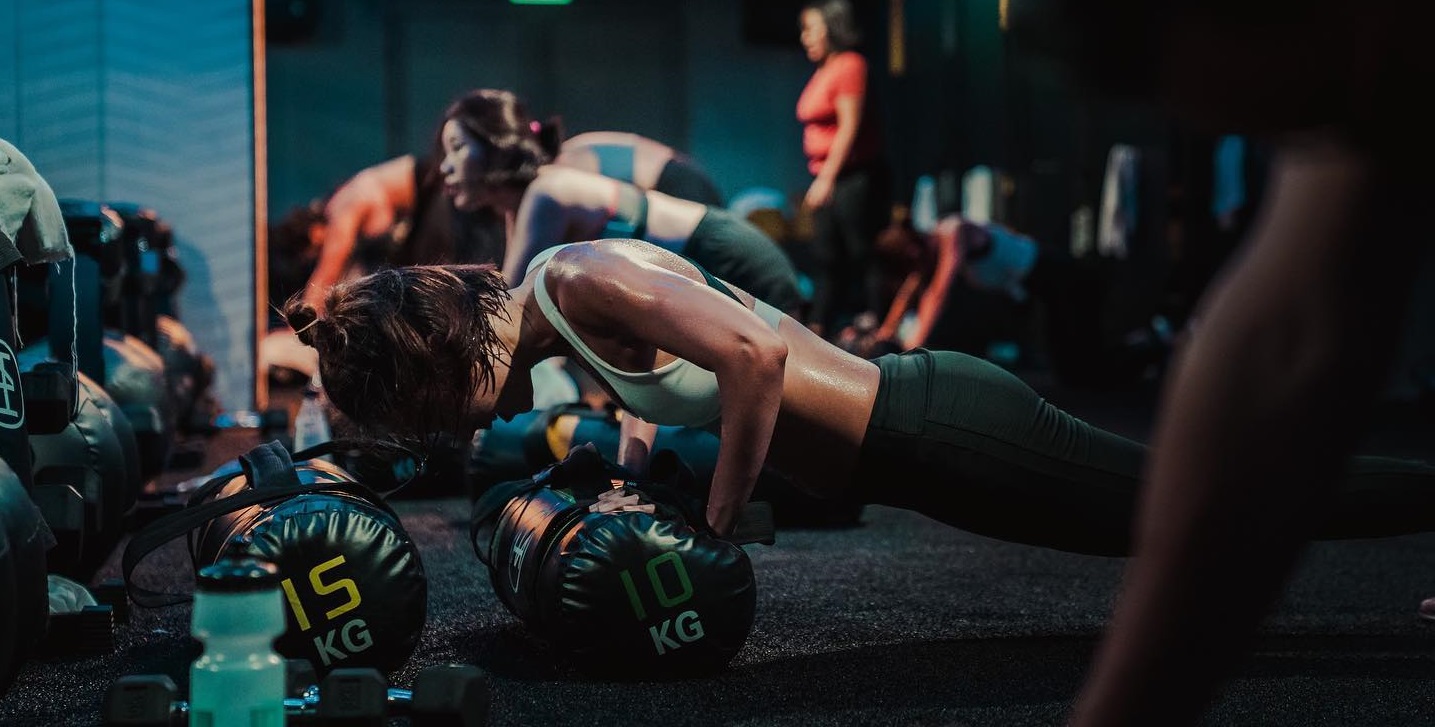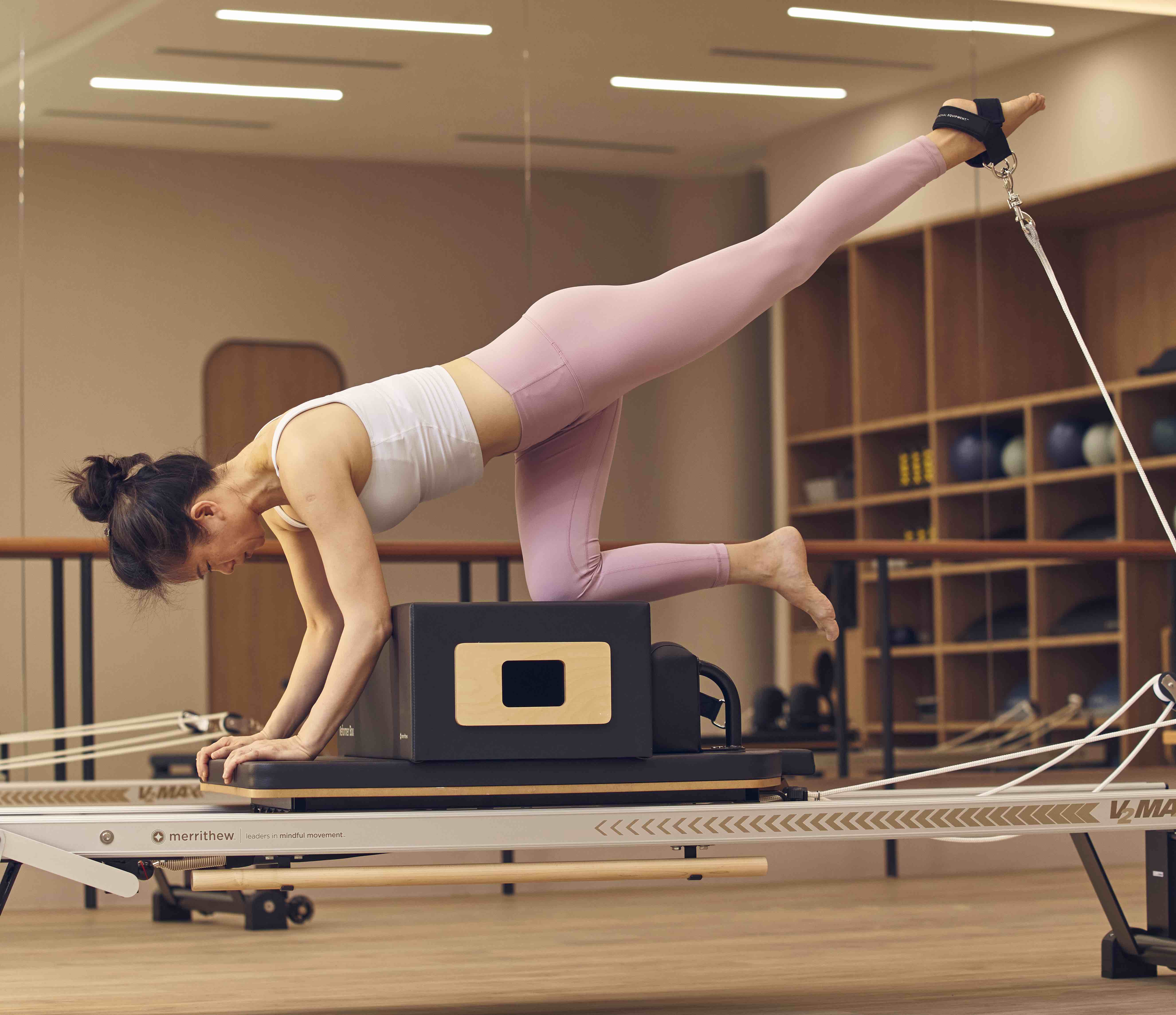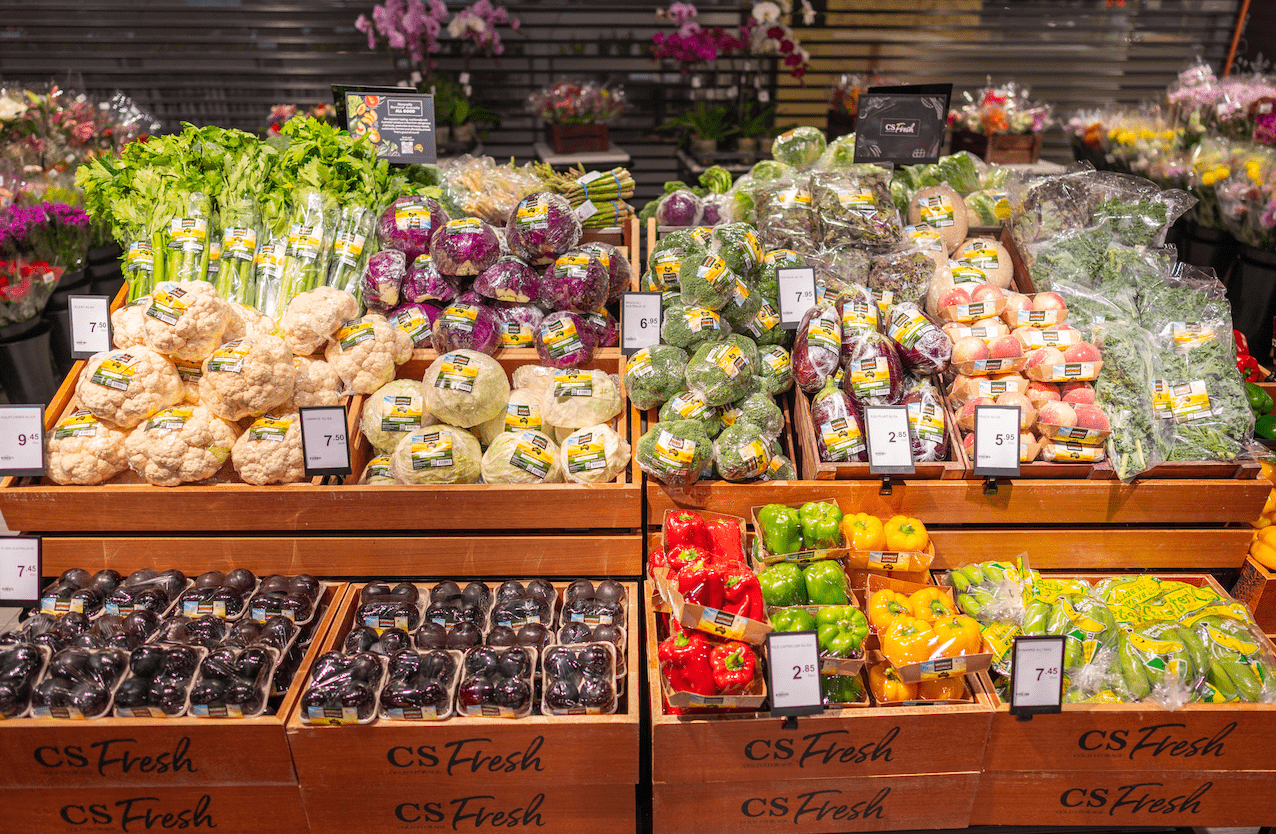Despite its squeaky clean and safe image, Singapore’s passion for blood sports is growing. The local scene for full contact sports and martial arts has been active for decades and Singapore was thought of as the mecca for boxing in the region during the heyday of the sport—in the ’50s, ’60s and ’70s—when it was considered as popular as soccer. Now, with hit television shows like The Contender, The Ultimate Fighter and even World Wrestling Entertainment (and maybe the increasing frustrations of stress-filled lives and some of the world’s worst drivers) there has been a resurgence of interest in contact sports.
So, put up your dukes as we punch up some of the ways that you can learn to kick some serious butt.
Brazilian Jiu-Jitsu
It was after two Singaporeans were murdered in Sydney while he was studying there that Lee Shen Han, a 25-year-old banker, became convinced to take up Brazilian Jiu-jitsu (BJJ). Thankfully, he’s never had to use what he’s learned in an actual situation. Lee brought his friend Matthew Wan, a 25-year-old interior designer, along to some of his training sessions at Kreation Jujitsu, a dojo (school for training and self-defense art) that sports a total of around 30 members. Wan, who’s done several martial arts prior to BJJ, was interested, but found that his martial arts experiences got in the way when he relied on the styles he was more comfortable with. “If you start with a clean slate, you tend to take the instructions easier,” he says.
Needless to say, the pair has since earned themselves a fair share of injuries, including mat burns, sprains and, in Wan’s case, cauliflower ear, where his ear swelled because the side of his head was continuously ground into the mat. But it was through these bumps and bruises that they learned the most important trait you’ll need in BJJ: humility. “You really have to suck it up and let yourself get tapped out sometimes,” explains Lee. “If you keep using your attributes, you’re not going to learn anything. You’ve got to rely more on skill.”
BJJ began in 1910, when a former member of the headquarters of the Judo world, Matsuya Maeda, taught the art of Jujitsu to Brazilian businessman Gastão Gracie’s son Carlos who in turn, passed down the art to other members of his family. Through various modifications, BJJ was born.
The most prominent of these modifications is that, while Japanese Jujitsu focuses more on the sporting aspect, BJJ is more concerned with combat; instead of stances and style, BJJ deals more with grappling and take downs. Another obvious distinction as a result of the different styles is that, unlike its Japanese predecessor, BJJ also involves ground fighting —which is hand-to-hand combat while the contestants are physically on the ground.
Like a lot of martial arts, there’s a belt system in BJJ that determines how good you are. After around two years, both Wan and Lee are still on white, which is the first level. “Usually, how somebody is awarded with a blue belt is that, if you compete in enough, and consistently win, white belt competitions—your instructor awards you with a blue,” explains Lee. There are usually one or two such competitions a year locally, but quite a few regionally; taking place in countries like Thailand and the Philippines.
Locally, the sport’s popularity has been growing recently, so if you’re interested in taking up BJJ, Wan and Lee totally encourage it, but only if you bring along some attitude. “A positive attitude,” stresses Lee.
Fight Club: Kreation Jujitsu Budo Academy, 340B King George’s Ave., 9677-1737 (for instructor Kwek Kon Hui).
Mixed Martial Arts
Walk into the sweaty, old gym at Farrer Park where Mixed Martial Arts (MMA) training is conducted and the image is instantly one of a group of grunting Neanderthals hyped up on adrenalin and ready to tear each other apart at first glance.
Interestingly enough, nothing could be further from the truth. The class consists of a diverse mix of men and women and—in between their grueling training of grappling, punching bags and sparring—the group is like any other tight-knit bunch, shooting the breeze and talking about what’s up in their daily lives.
While the modern, Western evolution of MMA can be traced to the first family of BJJ, the Gracie family—when they organized a competition to see which fighting style would be most suited in realistic combat situation—MMA is hardly new, dating back supposedly to some of the earliest Olympic Games in Greece.
“It’s really a modern invention to do only one system and stay within that one system for your entire life,” explains Chris de Wet, a 35-year-old sports coach who teaches MMA classes. “It’s not a new phenomenon; it’s just that it’s become far more popular to the general public now.” Currently, de Wet has around 35 members who train with him on a regular basis.
MMA doesn’t employ a set mix of fighting styles, leaving it completely up to the individual fighter to come up with a combination that he or she is comfortable with. For instance, de Wet has trained in boxing, judo and karate, just to name a few.
Anyone who’s seen MMA in action during the Pride Fighting Championships—which are held predominantly in Japan—or America’s Ultimate Fighting Championships would know exactly why the sport was once called No Holds Barred. But while MMA certainly is a potentially dangerous sport (after all, which martial art isn’t?), the ferocity shouldn’t deter anyone interested in it. “Depending on the amount of effort and intensity that you put in, MMA can be a fun and exciting workout without too much in the way of bruising, or it could be a fight sport,” says de Wet.
MMA, however, is definitely not for dumb brutes. In fact, Gene Kwee, a 29-year-old project manager, likens it to chess. “After a while, you see the beauty of the game,” he elaborates. “The kind of possibilities—for every attack there’s a counter. And to that counter, there’s a counter.”
And because of the strategy and skill involved in MMA, women are put on a level playing field as guys, even if physically, they may not be on par. “Being female, scientifically speaking, you might not be as strong, but you can be better when it comes to technique,” says Sacha Tong, a 23-year-old sales and marketing executive. She had originally started off doing Muay Thai and wanted to try something a little more versatile.
Much like BJJ, MMA’s chief requirement is not to come in looking to show off. “It’s like what I tell all of them, ‘When you take off your shoes, you take off your ego,’” says Aaron Koh, a 26-year-old trainee teacher and MMA trainer. After all, while the rules may differ between certain MMA tournaments or gyms—some, for example, allow elbow strikes, while some don’t—there’s always a certain set of regulations that revolve chiefly around the aspect of safety.
But, at the end of the day, you’re going to have to come in expecting to get hurt. After all, Gene feels that’s part of the appeal of it all. “We live in a world where your mortality is seldom at threat,” he says. “It’s nice to feel pain once in a while.”
Fight Club: Contact Kinetics Farrer Park Gym, 3 Rutland Rd., email: [email protected] (attention emails to Chris de Wet).
Boxing
Kadir’s Boxing School may not look like much. Housed at the Singapore Martial Arts Instructors’ Association Training Grounds, the gym really doesn’t strike you as the grimy dungeon where the likes of Rocky would’ve trained.
But even Sly’s awe-inspiring champ’s got nothing on Syed Abdul Kadir, the owner and head coach at the school. If you were to talk about the local boxing scene, it’s impossible not to talk about Kadir. A former national coach and the first Singaporean to win a medal for boxing in the Commonwealth Games—picking up the bronze—Kadir had been involved in the sport since he was nine years old and hung up his gloves at the age of 26. But he’s still one of the most prominent players in Singapore’s boxing history, training countless enthusiasts. Currently, his school has around 400 students. “I’ve got a passion for it; I love it so much. Not because of the fighting —there’s beauty in the sport.”
Boxing is arguably the most popular full contact sport in the world. The basic rules are simple—two men strap on a pair of gloves and try to hit their opponents as many times as possible (above the belt, of course). Winners are either determined by scores awarded by judges or when one of the competitors is knocked out.
Ironically, it might very well be because of its popularity that the sport has earned some of the most scorn from medical professionals, due to the number of high-profile injuries sustained—most notably when one of the greats, Muhammad Ali, was diagnosed with Pugilistic Parkinson’s Syndrome from all those blows to the head he’d endured. “People who got hammered worse than Muhammad Ali didn’t get Parkinson’s!” argues Kadir. “If I was to say it’s not dangerous, I’d be lying. What you need to do is train hard, learn every aspect and reduce your chances of getting hurt.”
If you’re not planning to make it a long-term career, the risks in boxing are certainly outweighed by the workout you’ll go through. “A lot of other sports do cross-training with boxing because we do a lot of endurance training,” says Kadir. Sessions consist of skipping, shadow boxing, sandbag punching, pad work, circuit training and sparring; a high-intensity workout that requires commitment to succeed.
If nothing else, boxing gives you confidence and ensures people are not going to want to mess with you. In addition, Kadir says, every boxer has a different technique and a different style, and that’s what makes them so effective in a rumble—should it ever come to that.
But the coach is very adamant in advising his students to stay out of fights as much as possible. “If you’re in a tight situation, run if you can—run away,” he always says.
Fight Club: Kadir’s Boxing Gym Singapore Martial Arts Instructors’ Association Training Grounds, 110 Mountbatten Rd., 9843-3009 (for coach Syed Abdul Kadir).
Muay Thai
Tham Boon Kit, a 29-year-old full-time sports trainer and founder of West Kickboxing and Martial Arts Dojo, will be the first to admit that he’s not a practitioner of pure Muay Thai. He has a background in karate and does bring a few elements of it to his practice, but considering that he’s been in several Muay Thai tournaments around the region, and won his very first competition, no one can doubt his love of the art. Currently, his classes, held in a cozy room at West Coast Recreation Centre, consist of a small group of around 10 students.
Thailand is a predominantly Buddhist country, and the religion does have ties to traditional Muay Thai. It was originally taught by Buddhist monks and even today, there are many fighters who practice a pre-match ritual dance with a sacred band worn around their arms and head.
Utilizing fist, shins, elbows, knees and feet to strike an opponent—as well as small amounts of stand-up grappling—Muay Thai competitions, like boxing, are score-based, with winners determined by a panel of judges. Points are awarded for the effectiveness of a move and not the variety or the number of hits you get in.
But out of the ring, just how effective is Muay Thai? As Tham will testify, it’s “very realistic and useful”, as he shyly confesses, he’s seen his fair share of action. The sport has earned itself a reputation for being pretty intense. Tham’s most recent injury was a broken nose cartilage when he took part in a tournament in Thailand in June.
But that doesn’t deter women from joining in the fun. “I feel that there’s no gender gap,” says Candy Ho, a 21-year old student at the National University of Singapore. Muay Thai isn’t even Ho’s first foray into martial arts, who has a background in karate as well. She joined the sport to try something new and build up her anaerobic system. “As a woman, all these martial arts strengthen me and give me a fighting spirit,” she proudly proclaims. Since joining Muay Thai, she’s sustained her own set of injuries. “I’ve had a lot of bruises and shin injuries. The guys’ shins are definitely harder!”
One of the reasons that Muay Thai’s been gaining popularity in Singapore recently could be attributed to kickboxing classes held in gyms. But while both certainly provide one heck of a workout, practicality is the most predominant aspect that sets Muay Thai apart. “Anyone can punch a bag hard. Distancing comes into play; and getting hit and being able to stay composed is important,” explains Tham.
Fight Club: West Kickboxing and Martial Arts Dojo #02-10B, West Coast Recreation Centre, 12 West Coast Walk, 9003-0269 (for instructor Tham Boon Kit).
Aikido
When Philip Lee, the 52-year-old chairman and chief instructor of Aikido Shinju-Kai speaks, it’s with inviting warmth and welcoming gestures. Yet, the moment training begins, those gestures quickly turn into swift maneuvers, as he subdues his students with lighting fast precision, tossing them to the ground like the proverbial rag doll.
Aikido involves using the opponents’ movement against them instead of blocking it. Rather than simply learning how to lay the smackdown on someone, aikido focuses on flexibility, finesse and even relaxation. In fact, Lee compares the martial art more to a graceful dance than to any other full contact sport out there.
Because of its non-aggressive nature, one of the most important things you learn in aikido is to attain a certain level of mental calm to understand your opponent’s attack and the best way to deal with it. “It’s just movement and how to plan with his force,” explains Lee. “We don’t block or fight against force. It’s not about clashing with the opponent; it’s about harmonizing. Aikido needs a lot of understanding.”
Yet, just because its one of the least aggressive martial arts out there, don’t think for a second that aikido isn’t as effective in fending off attacks in realistic situations. Just ask the Singapore Armed Forces’ Guards Units, the Police Academy, and even Singapore Airlines’ cabin crew—all of whom are trained in aikido.
The diversity shows in one class’ turn-out at Aikido Shinju-Kai, a small sample of the 3,000 members that this school boasts island-wide. While the majority of students are professionals or executives in their 20s and 30s, there are also a handful of retirees…and they handle themselves just as well as their younger counter-parts.
There are also a large number of women taking the class. Says Lim Cheen Cheen, “The appeal is more for the spiritual side and not just physical strength. Aikido really builds up your strength in character.” The 31-year-old enjoys aikido so much that she actually left her architectural job of three years to become a full time instructor for Aikido Shinju-Kai.
Regardless of age or gender, everyone can find something in aikido, whether as a form of self-defense, exercise or simply as a way to clear your mind from the daily grind’s clutter.
Fight Club: Aikido Shinju-Kai 3/F Martial Arts Hall, HomeTeam NS-JOM Clubhouse, 31 Ah Hood Rd., 6256-0111.
Knock Out
Although you won’t hear about them as much as other, “safer” activities, full contact sports have a strong, passionate and loyal following in Singapore. With so few events taking place locally—and our competitors usually having to travel around the region for competitons—now seems like a good time to bring back the glory days of these sports.





